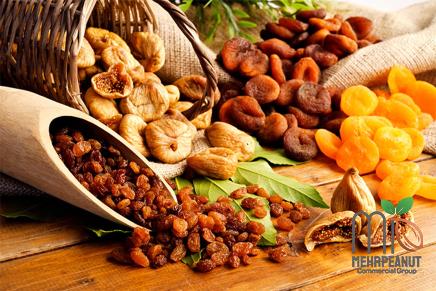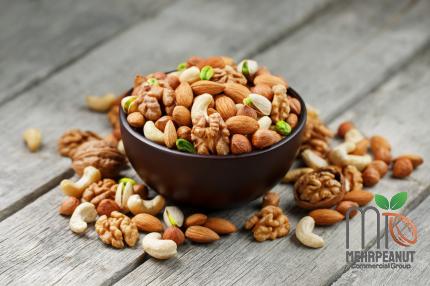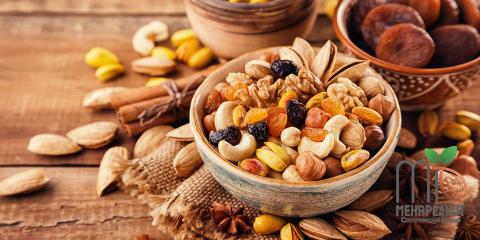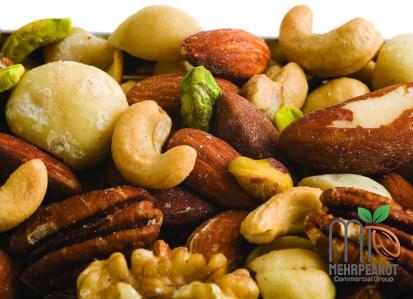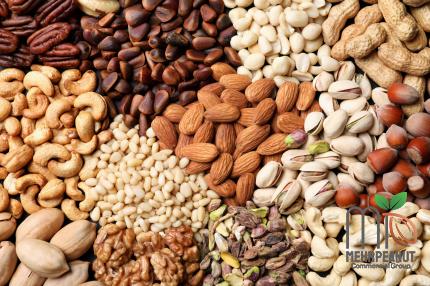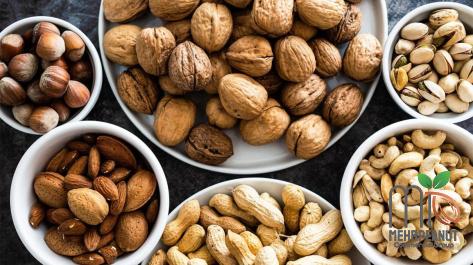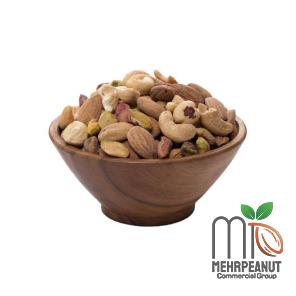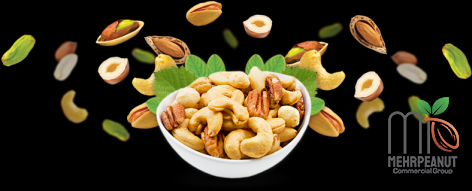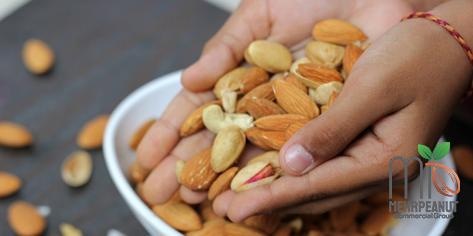peanut meal feed | Reasonable Price, Great Purchase
Peanut has different uses; you can have them as a snack or a meal
This feature of peanuts made companies make different products by using it
The introduction of peanut cultivation coincides with the spread of Mediterranean civilizations
Peanut is an important crop grown worldwide, originating in South America, and the peanut has spread throughout the Mediterranean, as well as China, Africa, India, Japan, and the United States
Most peanuts grown in the world are used to produce oil, peanut butter, candy, roasted peanuts and snack products, extensions in meat product formulations, soups, and desserts
Significant amounts of by-products are generated in the process of harvesting peanuts and extracting peanut oil, which are potential pollutants
However, only a few of these by-products are used as animal feed and treated as fertilizer
A large part of the groundnut meal, hulls, husks, and vines are considered agricultural waste
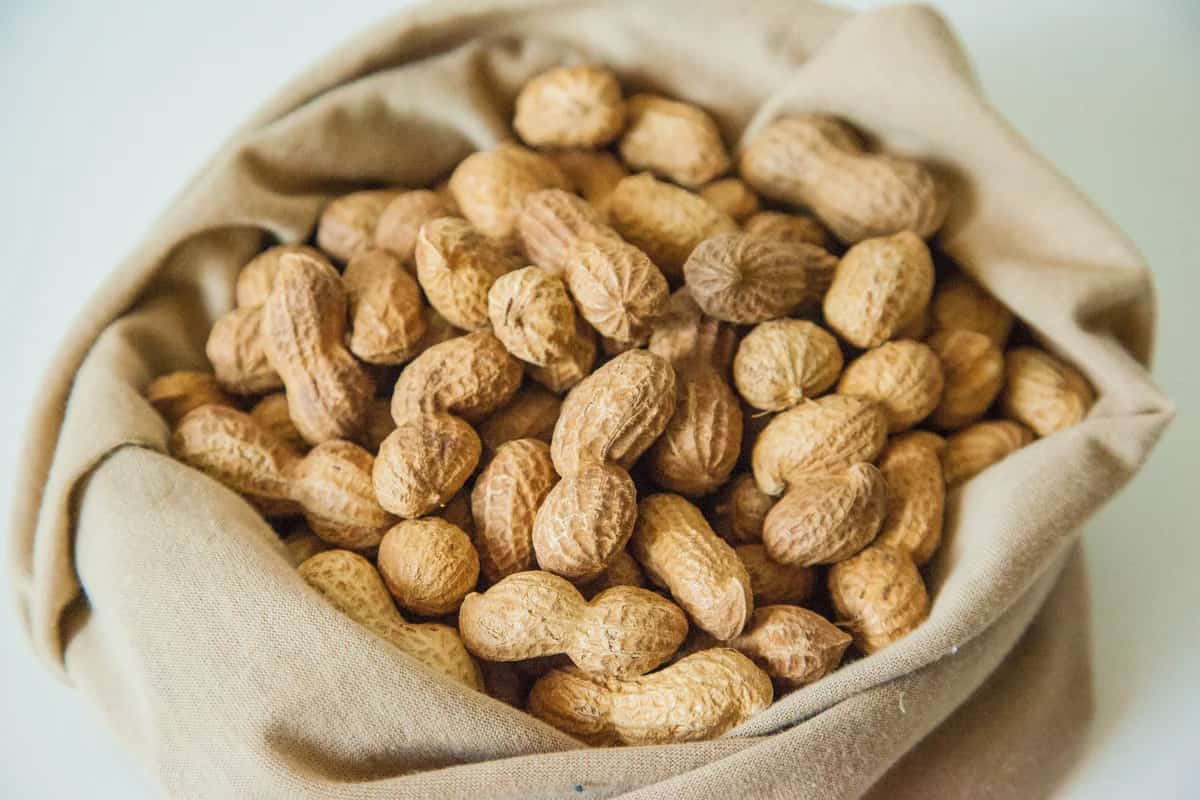
Currently, many researchers are focusing on the research on the production of edible oil and kernel
Thus, very little attention is paid to peanut by-products
In particular, no report was found that investigated the possibility of using peanut vines
These peanut by-products easily lead to environmental pollution
Therefore, if the nutritional compositions of peanut by-products are recovered and recycled, this can represent a significant economic and social benefit
The kernels are used to make peanut butter, roasted peanut snacks, peanut candies, and peanut oil
It is estimated that 35-45 g of peanut shell is generated per kg of a shelled peanut kernel
More than 0
74 million metric tons of peanut shells are produced annually worldwide as a byproduct of the peanut processing industry
Usually, only a small amount of peanut shell is used to extract polyphenolic compounds or to feed livestock, most of the shells are wasted in the peanut processing industry and are thrown away
It is well known that peanut shells contain powerful rich antioxidants
So, the more efficient use of peanut shells benefits the industry and the economy, and the use of peanut shells as a sustainable raw material for antioxidant compounds will provide environmental protection and improvement
While peanut shells can provide a cheap source of polyphenols for use as functional ingredients in food or food supplements and make a positive contribution to the nation’s health
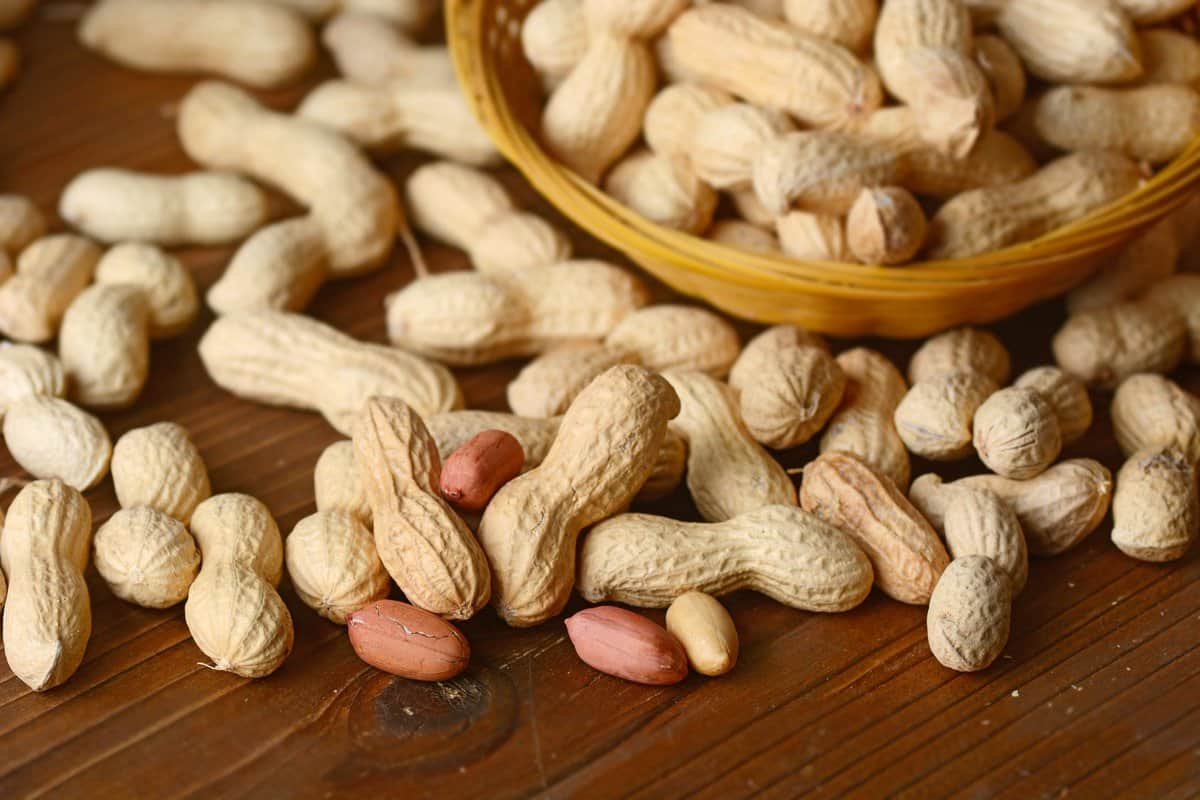
peanut products list
Peanut has different products which are used worldwide
We can name many products on the list
We just name some famous ones
Peanut oil has a pleasant, and sometimes light, nutty taste
In addition to its great taste, peanut oil is perfect for frying because it has a unique property
Therefore, you can cook several different items together and each will retain its excellent taste
Peanut oil is also one of the world’s traditional frying oils because it can reach a high temperature that keeps the outside of the food crispy and the inside very moist
Peanut oil works well with all kinds of recipes and has been the frying oil of choice in many restaurants for years because it tastes great
Both refined and unrefined peanut oil are vegetable oils that are naturally trans fat-free, cholesterol free, and low in saturated fat
They are also a source of vitamin E, an antioxidant, and phytosterols, which benefit heart health and have been shown to protect against breast, colon, and prostate cancer
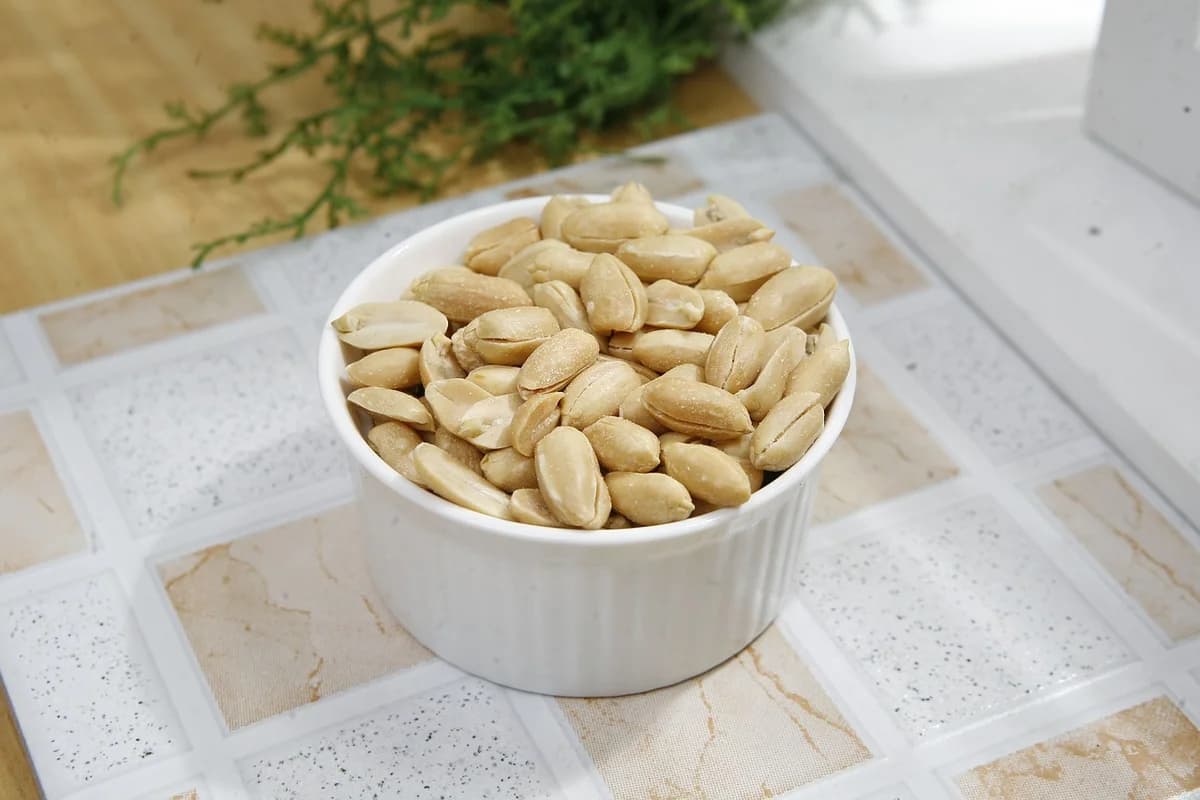
High oleic peanut oil is rich in unsaturated fats, especially monounsaturated fat, like olive oil
Because it can be heated to a higher temperature than other oils, resulting in less oil residue in food, refined peanut oil is the perfect choice for healthier frying
Peanut Flour is made from the highest quality peanuts that have been roasted and naturally processed to create a low-fat peanut flour with a strong roasted flavor
Peanut flour contains 40-50% protein, is gluten-free and vegan, and has even been shown to be good for heart health
Use of peanut flour Partially defatted peanut flour works well as a fat binder in confectionery as well as to add flavor and extend shelf life
It can also be used as an alternative to flour in gluten-free bread and pastries
Other ways to get creative with this unique ingredient include adding it to sauces and soups for texture and flavor, using it as a topping for chicken and seafood crumbles, and even mixing it into smoothies and shakes to increase flavor and protein content
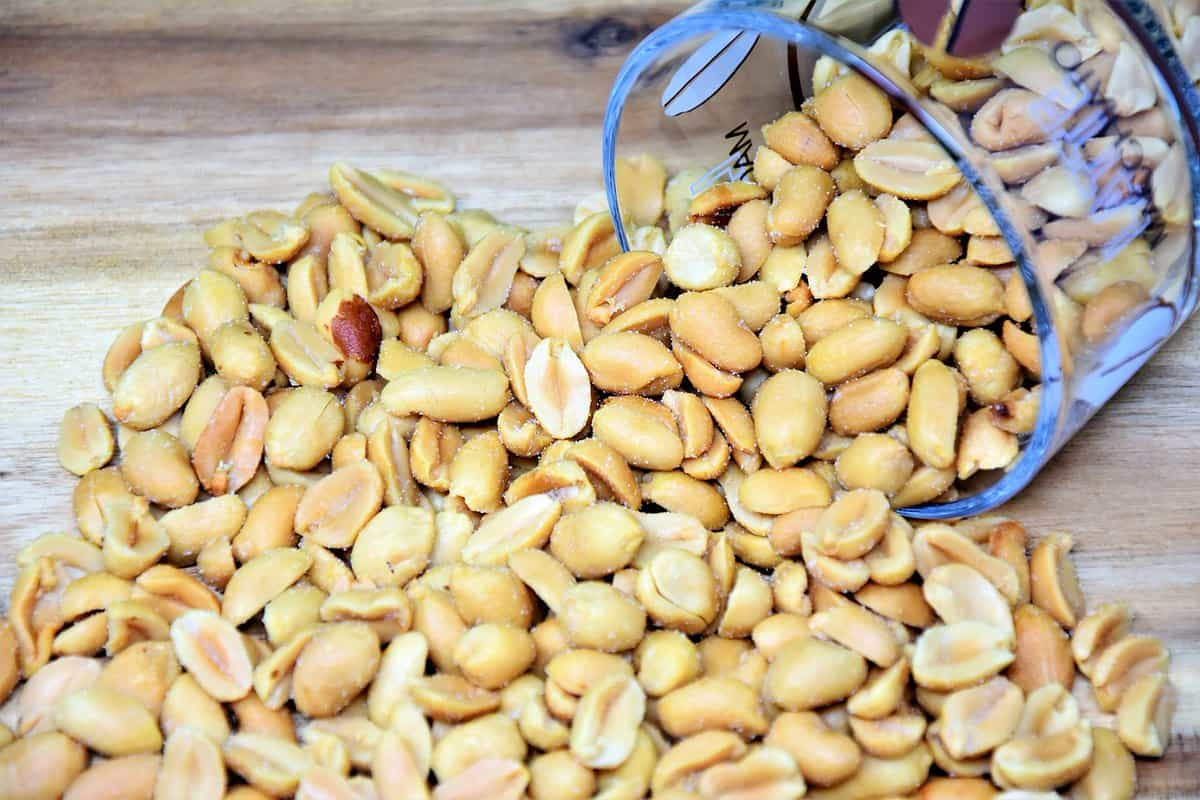
use of peanut by-products
Nowadays there are different peanut by-products with different uses
You might not be surprised to find peanuts in birdseed—in fact, you can probably see them in the bag yourself and know to stay away
Likewise, peanut shells and hulls are also used to provide roughage with fiber in livestock feed, so people allergic to peanuts should be careful when dealing with feed used for livestock
But what about cosmetics? While you don’t expect to find peanuts in your soap, shampoo, or body lotion, peanut-derived ingredients are not uncommon in those products
You can even find peanut shells in faux fireplace logs
In total, it found 23 non-food products that can be made with peanuts
Please note that not all of the following products will necessarily contain peanuts – in some cases peanuts are not currently used or have just been used in research projects
But this list should provide you with what you need to do your own analysis to protect yourself (or your peanut-allergic loved one)

Peanuts themselves can be ingredients in: Like fat
George Washington Carver was the first to use peanuts for this purpose, although petroleum-based products are much more common these days
Bird seed
Pale
This only applies to colorless varieties of bleach, not chlorine-based bleach
Detergent
This is unusual, but it is possible to find peanuts in detergents
Explosives
Peanuts can be used to make explosive nitroglycerin
Ink
George Washington Carver also started this, but it is not found much in the modern world
Linoleum
This is another invention of George Washington Carver
Medicines
Always be sure to tell your pharmacist you are allergic to peanuts when filling your prescription, and be sure to buy over-the-counter medications
Metallic varnish
Peanuts seem to be the most common ingredient in homemade polishes
Pet food
Dogs love the taste of peanut butter and several common dog treats come in a peanut flavor
Color
This is a very unlikely (but possible) use for peanuts
Rubber
George Washington Carver experimented with this, but I could find no evidence that it was ever done commercially
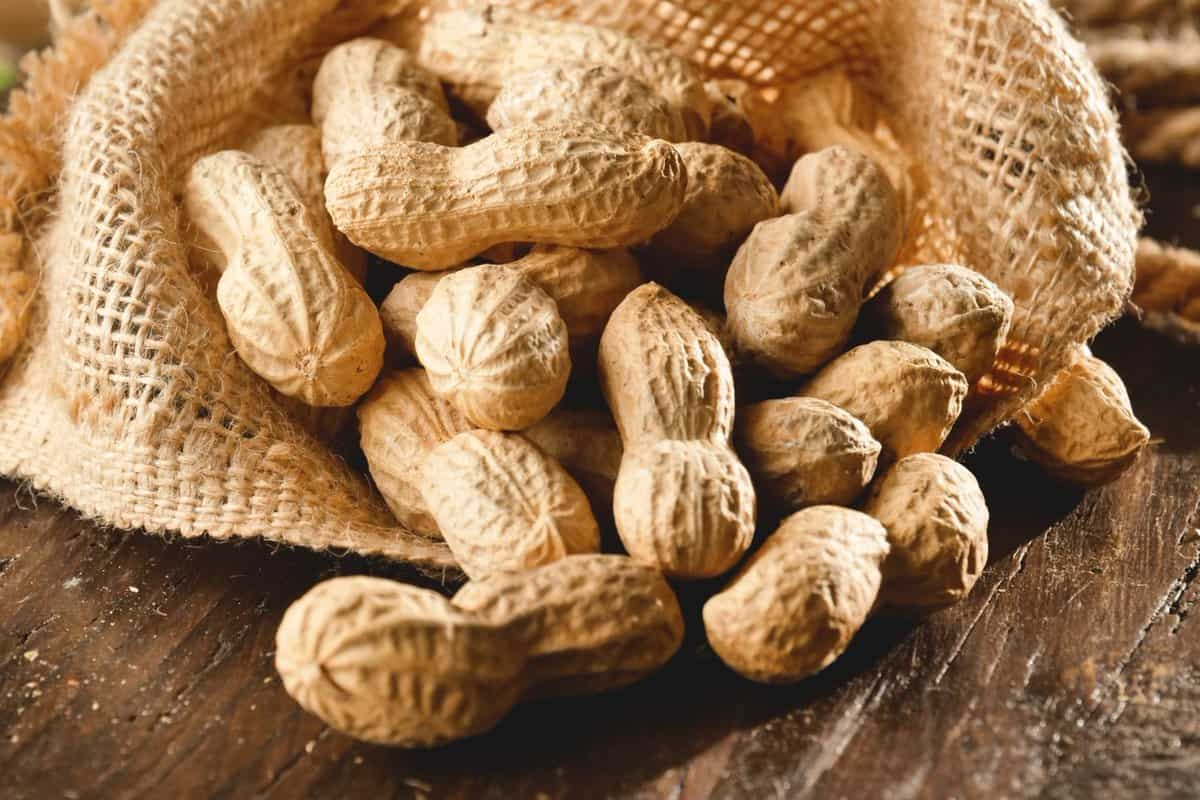
peanut meal uses
Peanut meal is a by-product obtained after the extraction of oil from peanut (also called groundnut) seeds
Peanut meal has different uses and is the sixth most common oil meal ingredient produced worldwide after soybean meal, beet meal, sunflower meal, cottonseed meal, and palm kernel meal (USDA, 2016)
Peanut meal is generally considered an excellent feed ingredient because of its high protein content, low fiber, high oil content, and a relative absence of anti-nutritional factors
It is often the standard source of high-protein foods in regions where soybean meal is too expensive or unavailable
However, aflatoxin contamination remains a serious problem, especially for peanut meals produced from seeds grown in small-scale systems
Peanut meal is produced only by mechanical extraction or mechanical followed by solvent extraction
It is also sold in the form of pellets
Expeller meal consists of light gray to brown pieces (flakes) of variable size with a smooth, slightly curved surface
The solvent-extracted meal consists of light gray to brown flakes of various sizes
Peanut meal pellets range from 1
5 to 40 mm in diameter and are light to dark gray
Peanuts come from South America
It was cultivated in Peru as early as 1500 BC, and probably earlier
The Incas used it for its seeds, which were eaten on toast, and its oil
After the arrival of Europeans in America, the peanut spread all over the world
In 1800, an oil mill was established in Spain, and West Africa became the primary source of peanut exports in the 19th century
Groundnut is now an important crop that is widely distributed throughout tropical, subtropical, and warm temperate areas in Asia, Africa, Oceania, North and South America, and Europe
In 2014, peanut cultivation covered 25
7 million ha worldwide, including 13
1 million ha in Africa (51%), 11
2 million ha in Asia (44%), and 1
3 million ha in America
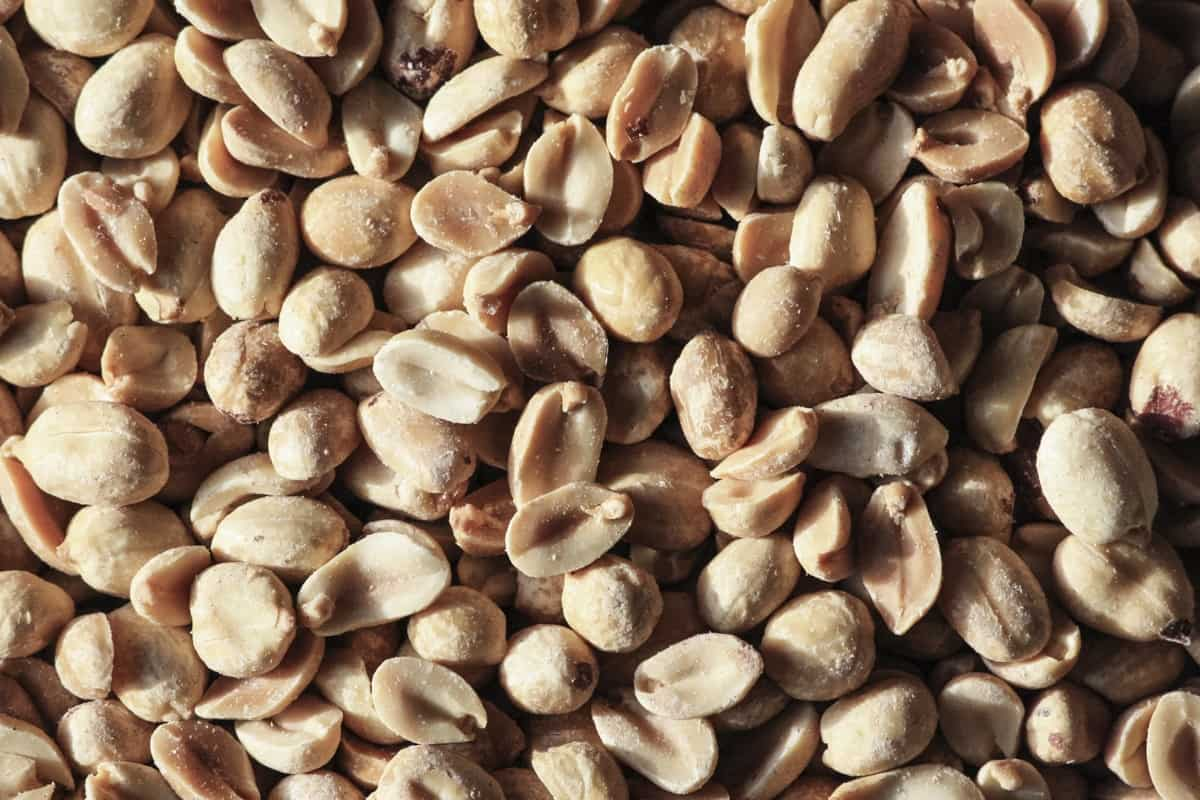
industrial uses of groundnut
Groundnut a self-pollinated legume is an important crop grown worldwide on 24 million hectares for edible oil extraction and mostly for food use and sometimes industrial uses
The kernels are rich in oil (48-50%) and protein (25-28%) and are a source of various vitamins, minerals, antioxidants, biologically active polyphenols, flavonoids, and isoflavones
Improved high-yielding peanut varieties were developed and released for cultivation worldwide
The improved cultivars belong to different duration of maturity and possess disease resistance, drought tolerance, increased oil content, and improved quality properties for food use
Conventional breeding procedures along with phenotyping tools have been used extensively in groundnut improvement programs
Mutations were used to induce variability and extensive hybridization was attempted to exploit wild species variability
The enormous potential of wild species, the reservoir of new alleles, remains underutilized
The development of peanut linkage maps in the last decade has been followed by the identification of markers and quantitative trait loci for target traits
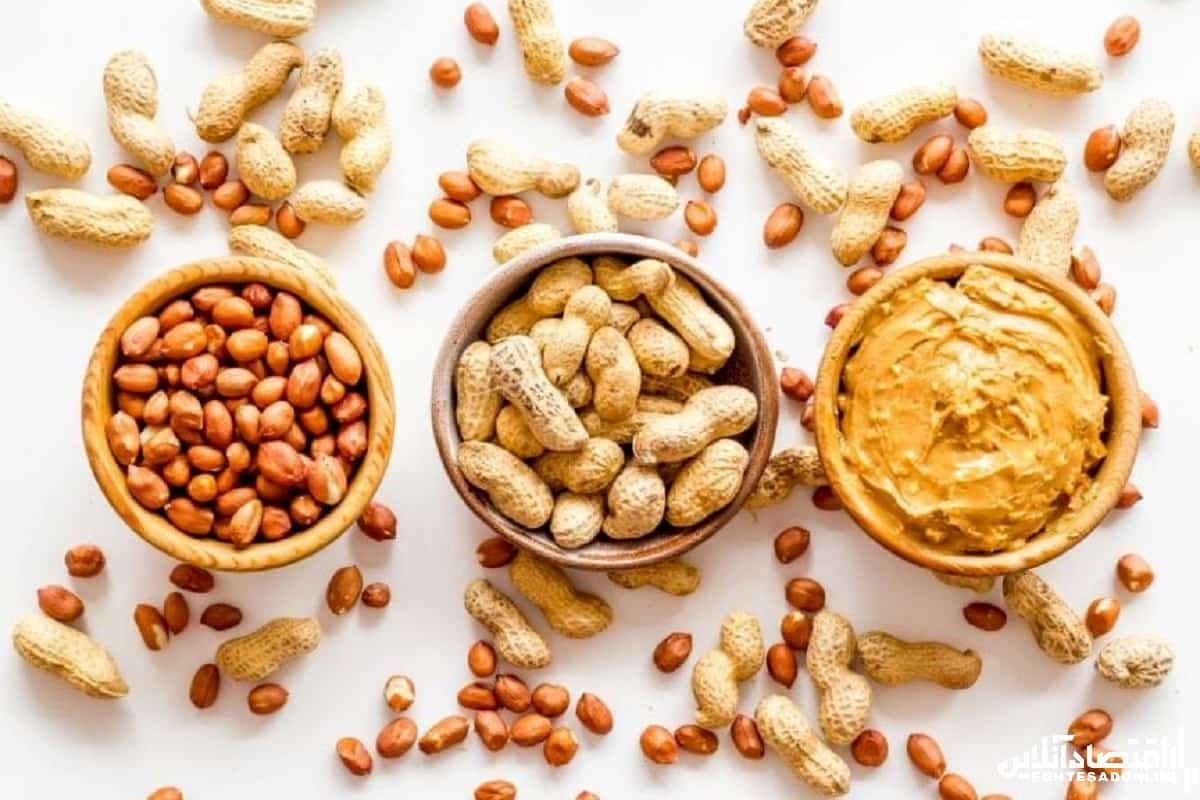
Consequently, the last decade has witnessed the deployment of molecular breeding approaches to complement ongoing groundnut improvement programs in the USA, China, India, and Japan
Other potential advantages of molecular breeding are the feasibility of targeting multiple traits for improvement and providing tools to exploit new alleles from wild species
The first peanut variety developed by marker-assisted backcrossing is a root-knot nematode-resistant variety, in the United States
Adoption of molecular breeding approaches in groundnut improvement programs by NARS partners in India and many African countries have been slow or has to be initiated in part due to inadequate infrastructure, high genotyping costs, and human capacity
The availability of draft genome sequence for diploid (AA and BB) and tetraploid, AABB genomic species of Arachis in the coming years is expected to bring low-cost genotyping to the peanut community enabling the use of modern genetics and breeding approach will facilitate, such as genome association studies for trait mapping and genomic selection for crop improvement
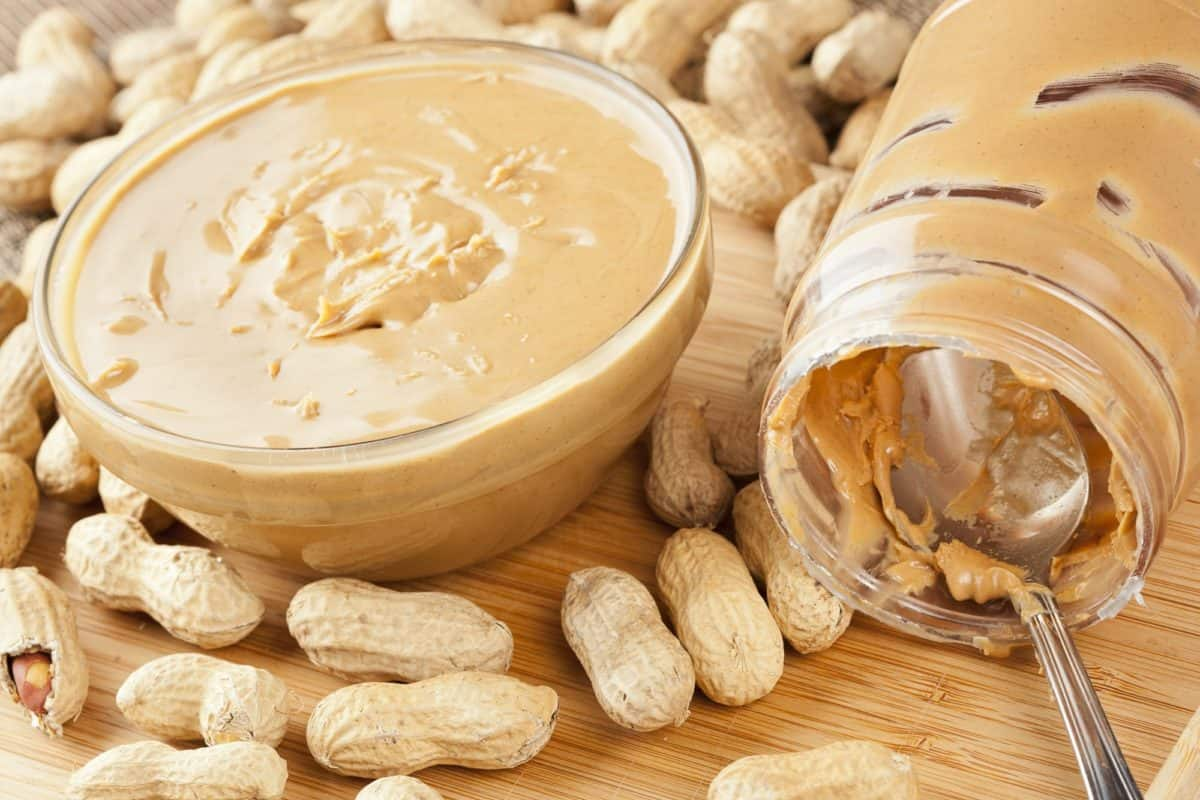
peanut meal for sale
Peanut meal is the product that remains after extracting the oil from peanuts
In some foreign countries, it is called a peanut meal
The expeller-treated peanut meal contains about 5% fat
The fats in peanut flour are unsaturated and can easily develop granulation
It is best to use solvent-extracted peanut flour, which contains about 2
1% fat
If peanut meal is used for horses, it should be fed fresh and only stored for short periods in a cool, well-ventilated area
Because of the possibility of scaling and the low level of lysine and methionine, peanut meals should not be fed to valuable foals or young fast-growing horses
It is best used with about a quarter to a third of the protein supplement added to the concentrate diet for older horses
Peanut meal is a very tasty protein supplement
Peanut meal contains complex carbohydrates, and the extracted peanut polysaccharides have a high starch content, which greatly reduces the purity of the polysaccharides and limits their physiological activity
Therefore, starch removal of polysaccharides from peanut flour is an important step in the purification of peanut polysaccharides
It is better to use the thermostable α-amylase and diastatic enzyme of polysaccharide peanut meal to remove starch
Nutmeal is a high protein solid residue obtained from oil production
The amount of flour produced each year is quantified at approximately 3
3 million tons

In addition to proteins, the meal also contains carbohydrates, which enrich the nutritional value of this by-product and make it a valid alternative to meat
Minor components found in the meal are polyphenols and minerals
As already mentioned, peanut flour is a waste product of the oil industry: after extracting the oil, a cake is obtained which is generally divided into a dry and fresh, hot and cold meal
Peanut protein represents an interesting and valuable alternative to animal protein, especially in developing countries where meat is unavailable and expensive
The Protein Corrected Digestibility Score (PDCAAS) defines peanut protein as nutritionally equivalent to meat and eggs
Such proteins also show good technological properties and are promising enhancers in food formulations
Besides protein, polysaccharides are other important meal components, although they seem to reduce the digestibility of protein
